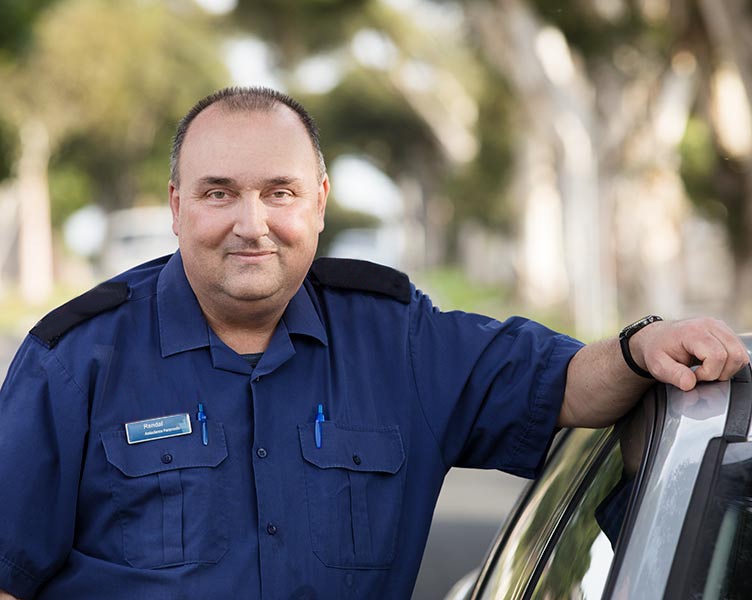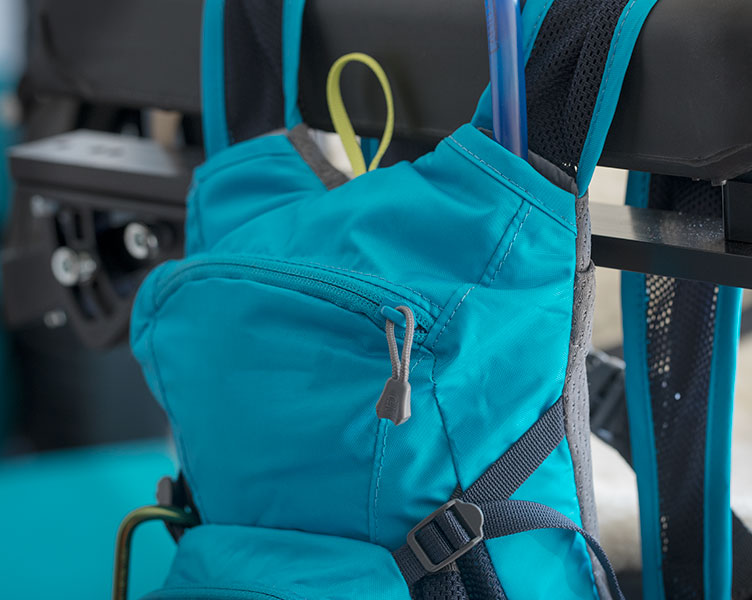
The interview takes place in a café in central Copenhagen. After this talk, 3.5 hours behind the wheel awaits him, taking him back to his wife and children at the other end of Denmark.
It’s a long day for Thomas, who works as a consultant within recruitment and leadership – especially because he uses an intermittent catheter.
These have been a part of his daily routine since the accident in 2001, where he fell on a metal staircase and landed on his back
“I always avoid public restrooms where I don’t know the hygienic state, because I get urinary tract infections easily - I’ve seen my share of gas station restrooms!
But yesterday I took a long ride on my racing bike, so I drank more water than usual.”
Normally Thomas would limit his fluid intake before taking a trip to the other end of the country. He always catheterizes at home in the morning and considers how much and when he drinks during the day. In this way he’s able to control when he needs to catheterize.
His bowel issue is another story: Thomas needs 4 fixed 15 minutes breaks during the day, to manage it.

Thomas is on road with success despite these issues. His own explanation is this:
“I avoid leaks and infections because I know my body very well, and I know what works for me and what doesn’t. And with good products, professional help and planning, you can achieve more than you think.”
These are general guidelines meant to help you with typical questions. You should follow the specific instructions provided by your healthcare provider and the intermittent catheterization solution you are using.



